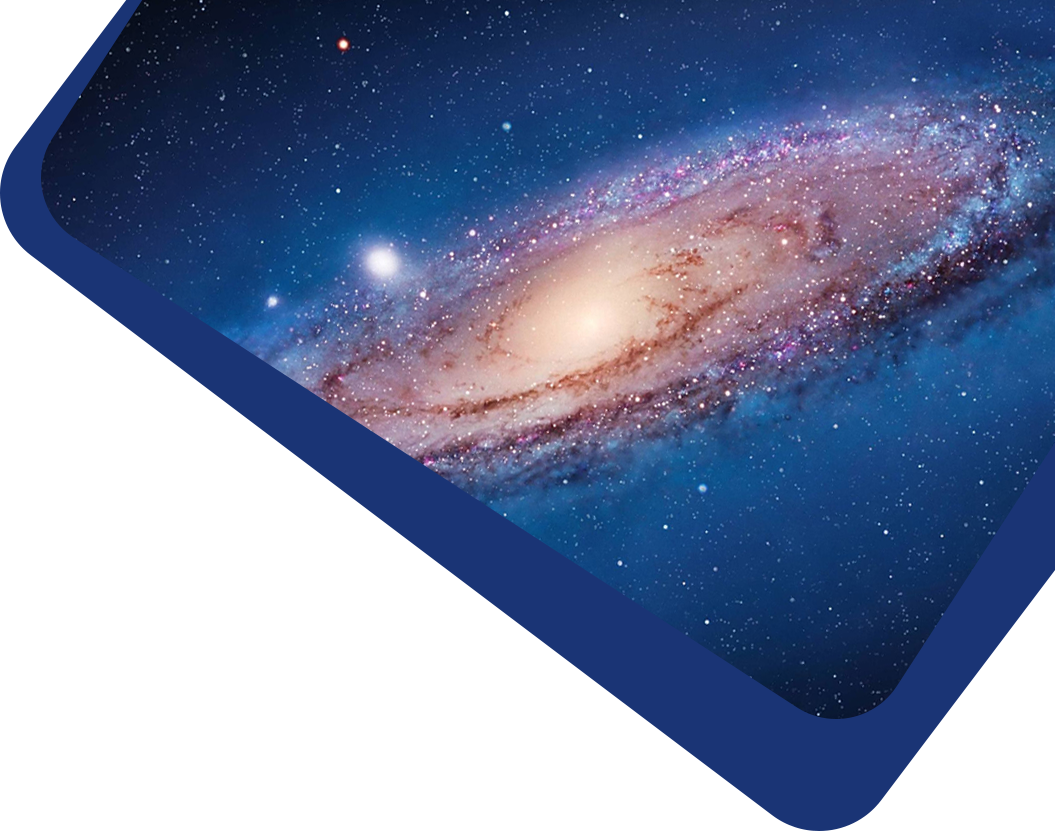In this work, we present a systematic comparison of single- and multiple-scattering models for dust-scattered starlight across the UV sky and attempt to derive a simulation model of multiple-scattered radiation using the single-scattered radiation. Our new simulated multiple-scattering model uses a critical angle (θc), which is dependent on optical depth (τ), albedo (a), and phase function asymmetry (g), to replace the computationally intensive full Monte Carlo treatment. We find that multiple-scattering becomes increasingly important in almost all optical depths, depending on the scattering geometry. UV-bright stars show a peak scattering intensity near the stellar disk, dropping by an order of magnitude within 10°–15° and merging with the background at 40°–50°, whereas fainter or more distant stars require larger angular separations to reach the same relative reduction. We introduce a functional form, Iθ = I0(1 − tanh(SP × θ)), to describe the radial decrease in scattered intensity, with the slope parameter declining systematically for more distant stars. Depending on a star’s position, multiple-scattered fluxes can exceed single-scattered fluxes by up to 200%, and both converge at a critical angle, θc, which depends logarithmically on stellar distance and is governed by τ, a, and g. Notably, θc remains independent of Galactic longitude or latitude, underscoring the robust, geometry-driven nature of the scattering process.



